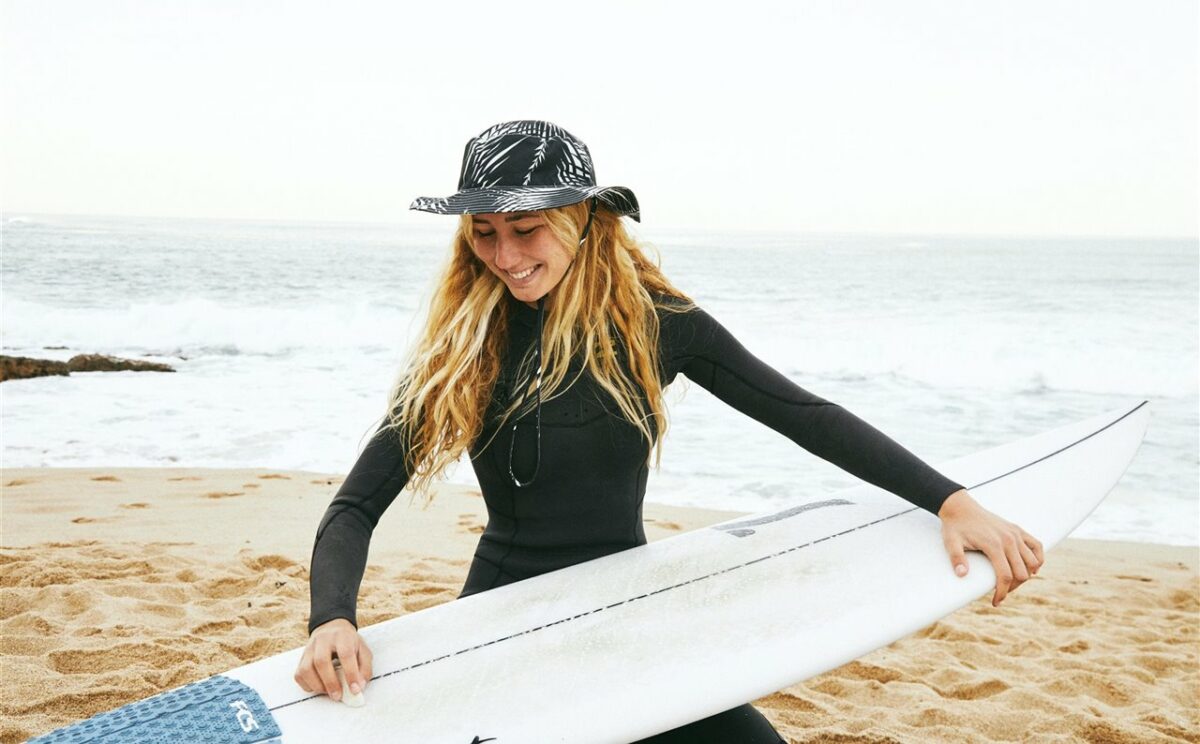Knowing your surfing level is important for matters such as choosing the right surfboard, selecting the spot or beach to surf, deciding on a surf trip destination, or determining which level of surf course to enroll in.
Surfing is a sport that requires a lot of patience; it’s not like riding a bicycle that you never forget. Moreover, it doesn’t solely depend on you but also on the ocean. You might think you have something under control when suddenly the sea grows, the wind conditions change, or you encounter a series of big waves, etc. That’s why understanding the workings of the ocean is crucial.
There are no set rules for classifying your surfing level, but there are some guidelines we can provide to help you determine where you stand. Let’s divide the surfing levels into four categories:
Let’s divide the surfing levels into four categories:
- Beginner Surfer
- Intermediate Surfer
- Advanced Surfer
- Pro Surfer
And we could also discuss what we consider another category from our perspective: Big Wave Surfing.
1. Beginner Surfer
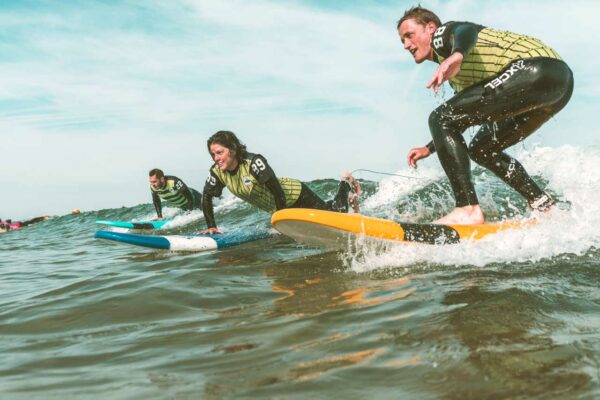
We consider that within this category, there are multiple levels.
-
- Level 0: This is the lowest level, representing someone who has never surfed and has never taken a surfboard. Here, the aspiring surfer has two options: either attend a beginner’s surf course or learn to surf on their own. We recommend that if you have never surfed before, you attend a surf class. In a class, you will learn basic movements on the board, such as standing up, and other fundamental notions that will build a solid foundation for your surfing knowledge. Additionally, having an instructor by your side will provide safety and guidance in this sport. Take a look at the following tips for beginner surfers. At this level, you may already start standing up on whitewater or feel comfortable paddling.
- Level 1: At this level, you will feel more comfortable entering the water, paddle with ease to reach the lineup, and perhaps start riding some walls on small waves. This is a beautiful stage in surfing, as it often hooks surfers, and most of us remember our first wall.
2. Intermediate Surfer
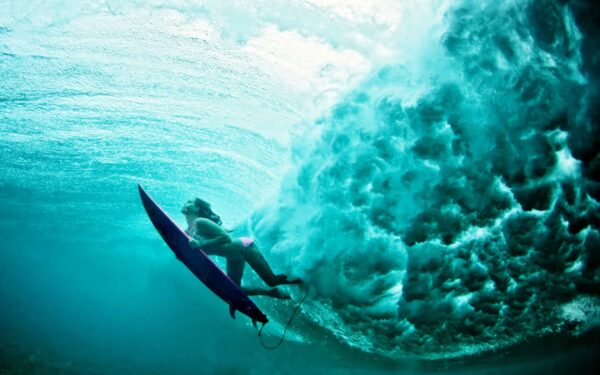
- Basic Intermediate Level: At this stage, you are already riding walls, gaining more confidence as you ride the wave. Once you learn how to duck dive or turtle roll, you will feel more secure in the water and be able to tackle more challenging conditions as they arise. Learning how to duck dive or turtle roll is essential for advancing in your surfing.
- Advanced Intermediate Level: Once you can confidently ride left and right waves, perform duck dives, and start executing maneuvers such as bottom turns, hitting the lip, or cutbacks, we can say that your intermediate level is quite high.
3. Advanced Surfer
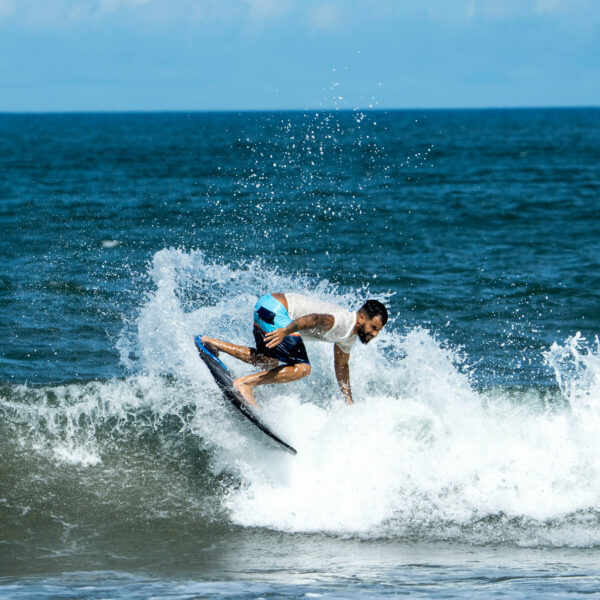
- Advanced Surfer: At this stage, you have mastered all the basic surfing maneuvers, enter the lineup with complete confidence, and know exactly where and how to position yourself. You start taking risks with more challenging maneuvers like snaps, re-entries, floaters, etc.
- Pro-level Advanced Surfer: At this level, you have control over the most complex maneuvers and start performing inverted and reverse airs, regardless of wave size. Many surfers at this level compete professionally.
4. Pro Surfer
A pro surfer is someone who can execute all maneuvers, regardless of wave size. Many of these surfers compete at a professional level.
BIG WAVE SURFING
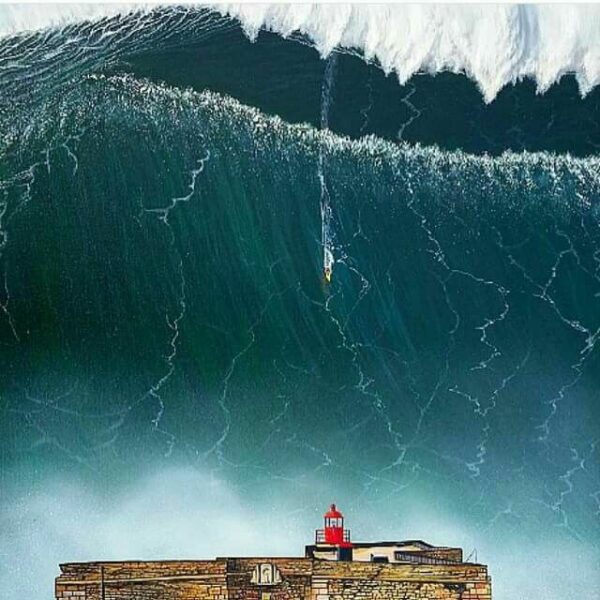
Big wave surfing is a different world. Surfers who ride giant waves are highly prepared both mentally and physically. One of our upcoming posts will be dedicated to this realm, featuring experiences from big wave surfers. For more information, please contact us at [email protected].

